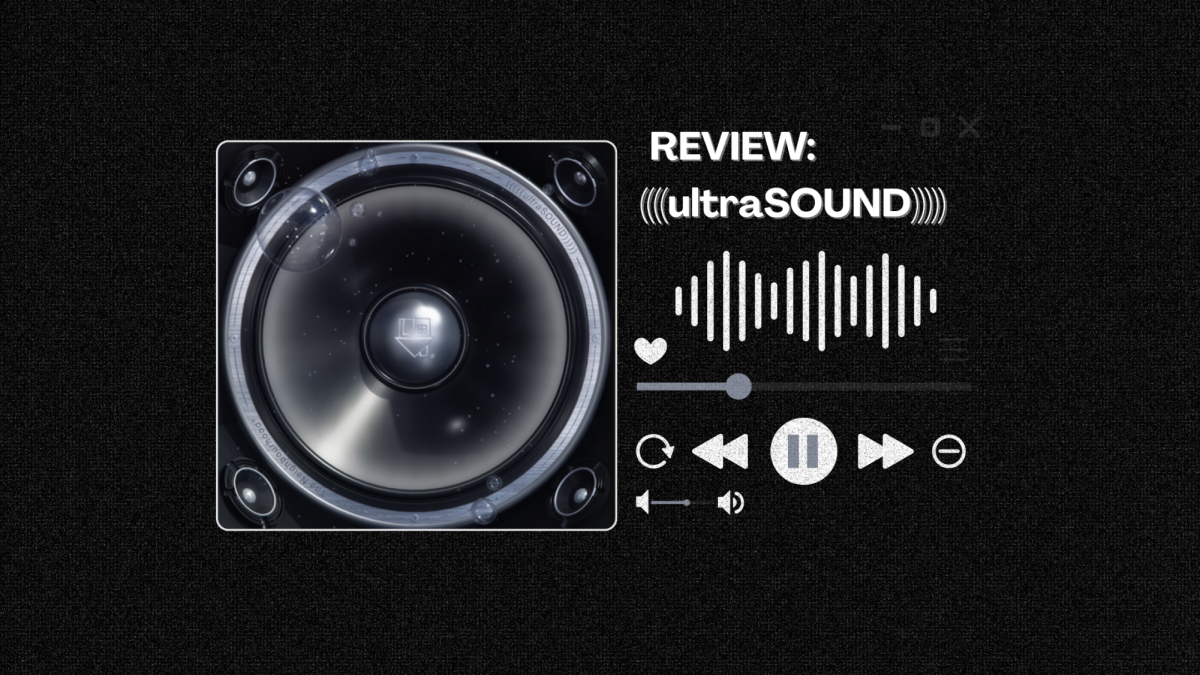Prop 47 will release nonviolent felons, and it’s ok
November 8, 2014
Thousands of convicted felons are now eligible for early release in California, and it is not as bad as it sounds.
California authorized the passing of Proposition 47 in Tuesday’s midterm election by a 16.8 percent margin. It is the closest margin among the propositions in California.
According to California’s Official Voter Information Guide, “Criminal offenders who commit certain non-serious and nonviolent drug and property crimes would be sentenced to reduced penalties (such as shorter terms in jail).”
It will release thousands of inmates. But it’s okay.
What this means is former felonies like drug abuse and petty theft would become misdemeanors, freeing up space in California prisons and saving the state millions of dollars.
Also, It does not mean the automatic release of anyone, “It includes strict protections to protect public safety and make sure rapists, murderers, molesters and the most dangerous criminals cannot benefit,” according to California’s voter guide.
Proposition 47 is attempting to alleviate the problem of overcrowding in our prison system in addition to reducing the amount Californians spend on our inmates.
In August, the supreme court deemed the overcrowding unconstitutional and the state must reduce its population by 40,000 in the following two years, according to the American Legislative Exchange Council.
In order to achieve this level of reduction inmates have to be released. Why not the nonviolent offenders?
Prison should be reserved for individuals who pose an immediate threat to others safety or livelihood, or for those who have already done so. Imprisoning someone for substance abuse does little in the form of rehabilitation. As for theft and fraud, Proposition 47 only applies to those who have stolen items in the three-figure range.
Included in the initiative are funding for K-12 schools, and programs designed to keep offenders from going back to jail or prison.
“California counties will save hundreds of millions annually and state prison reductions will generate between $750 million to $1.25 billion in savings over the next five years alone. Those savings will be shifted into K-12 school programs (25%), victim services (10%) and mental health and drug treatment (65%),” according to Californians for Safe Neighborhoods and Schools.
The men and women being released in the following months are no longer felons in the eyes of the law and shouldn’t be viewed as such.
































































































































